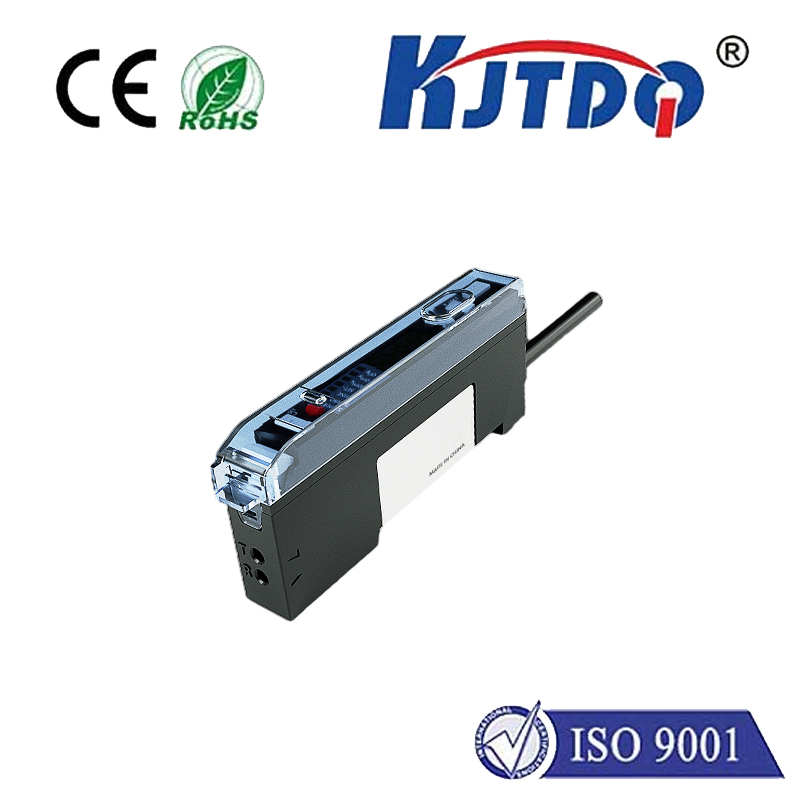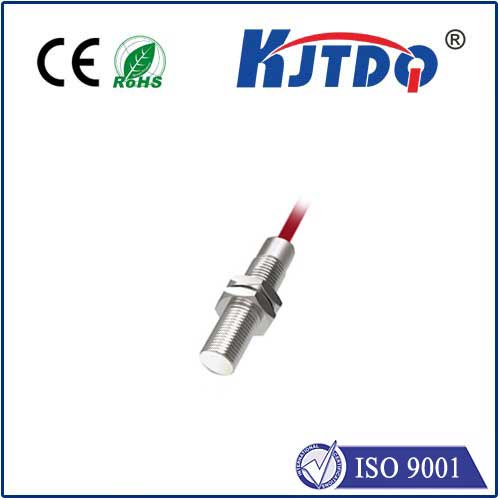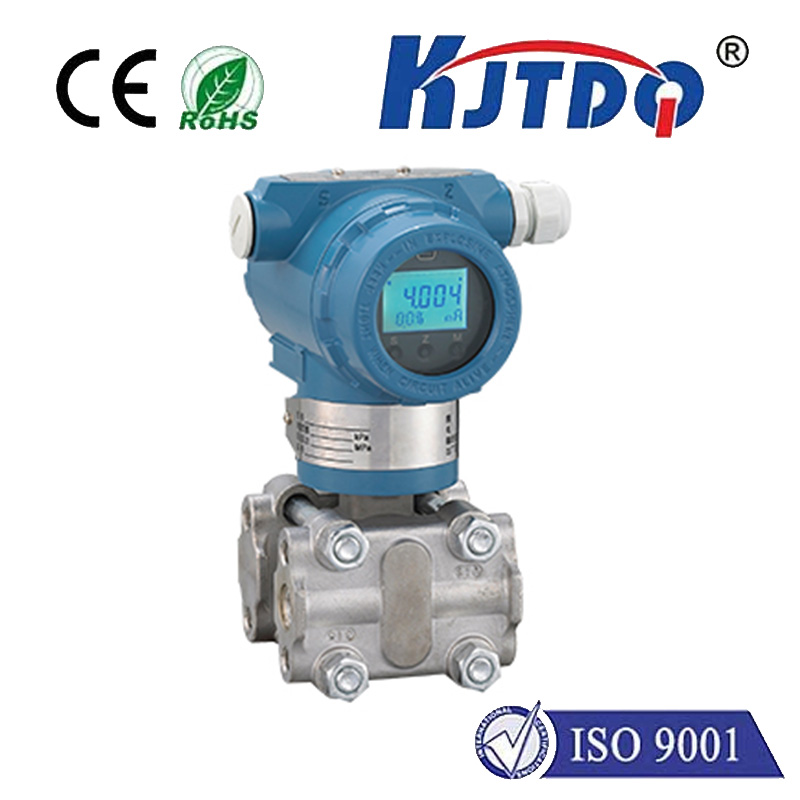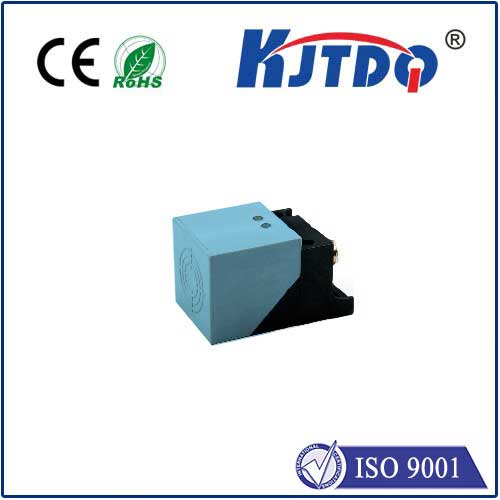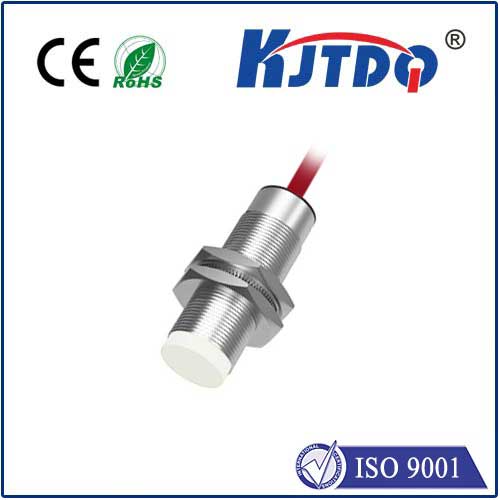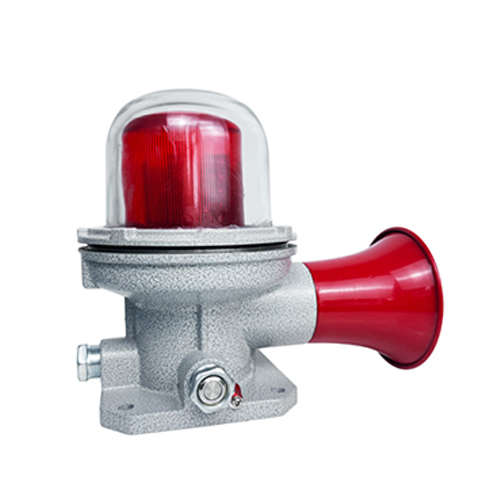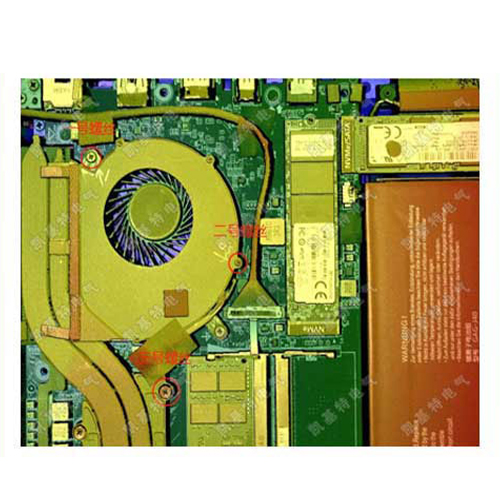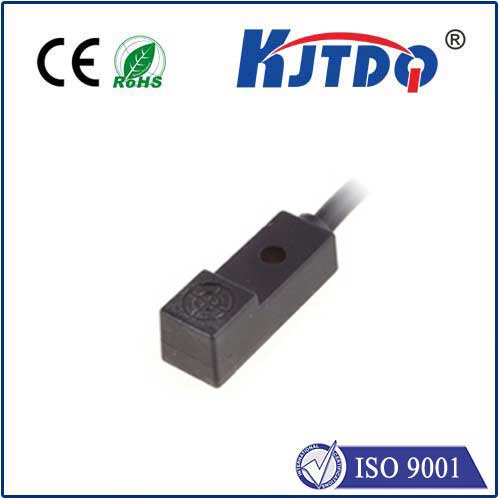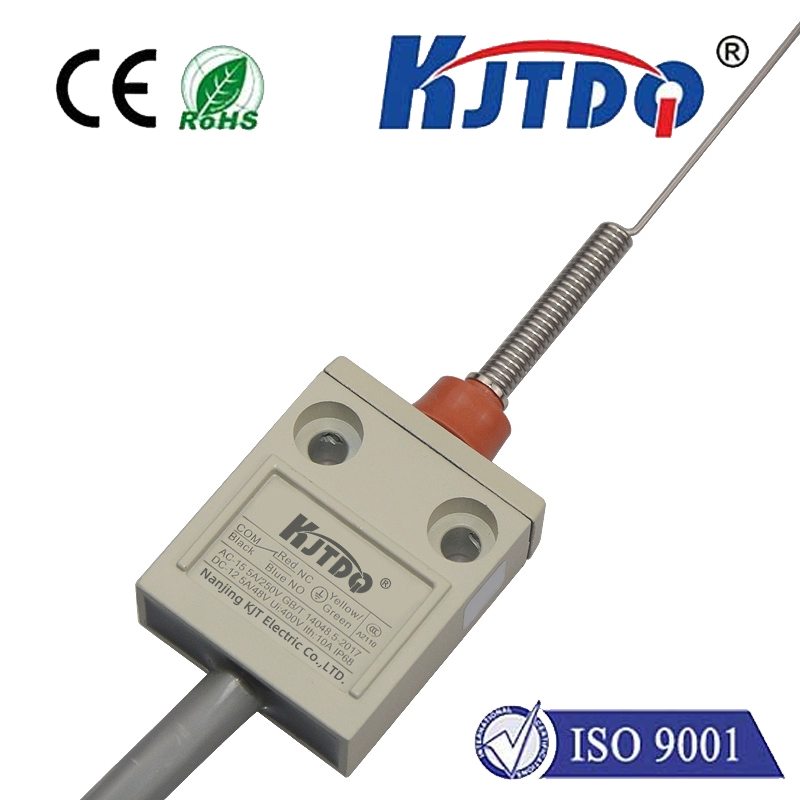

check

check

check

check

check

check

check

check

check

check
Fiber optic proximity sensors have emerged as a game-changer in the world of industrial automation and monitoring. These innovative devices offer unparalleled precision, reliability, and safety, making them an indispensable tool for industries ranging from manufacturing to logistics and transportation. In this article, we explore the revolutionary impact of fiber optic proximity sensors on modern industrial processes and their potential to transform the way businesses operate.
The Importance of Fiber Optic Proximity Sensors
Fiber optic proximity sensors are essentially optical sensors that use light to measure the distance between two points. They work by emitting a beam of infrared light and detecting the reflection or absorption of this light at the other end. The sensor then calculates the distance traveled by the light, providing accurate information about the presence or absence of objects in its path. This technology has numerous applications in various industries, including:
1. Factory Automation: Fiber optic proximity sensors are widely used in factory automation systems for detecting the presence or absence of workers, machinery, and other assets. By providing real-time information about the location and status of these assets, factory operators can optimize production processes, reduce downtime, and improve overall efficiency.
2. Safety Monitoring: In hazardous environments such as chemical plants, oil rigs, and nuclear power plants, fiber optic proximity sensors play a crucial role in ensuring worker safety. They can be used to monitor the position of personnel, prevent unauthorized access to sensitive areas, and detect signs of equipment failure or malfunction.
3. Asset Tracking and Maintenance: Fiber optic proximity sensors can be integrated into asset tracking and maintenance systems to provide real-time information about the location and status of vehicles, machines, and other assets. This helps companies to optimize their logistics operations, reduce fuel consumption, and minimize maintenance costs.
The Advantages of Fiber Optic Proximity Sensors over Traditional Sensors
Compared to traditional proximity sensors such as infrared detectors and magnetic switches, fiber optic proximity sensors offer several advantages:
1. Improved Precision: Fiber optic proximity sensors use light instead of heat or radiation to measure distance, ensuring more accurate readings even in harsh environmental conditions.
2. Longer Lifespan: Fiber optic cables are more durable than wires or other materials commonly used for traditional sensor networks. They can withstand exposure to chemicals, moisture, and extreme temperatures without deteriorating over time, resulting in longer lifespan and reduced maintenance costs.
3. Better Reliability: Because fiber optic cables do not conduct electricity like electrical wires, they are less susceptible to interference from other electronic devices or external factors that can affect the accuracy of sensor readings. This improved reliability makes fiber optic proximity sensors ideal for critical applications where accurate data is essential.
Conclusion
As we have seen, fiber optic proximity sensors have revolutionized the way industries monitor, control, and protect their assets. Their ability to provide precise, reliable, and safe information about the presence or absence of objects has made them indispensable tools for modern factories, warehouses, and transportation facilities. With ongoing research and development in this field, it is likely that fiber optic proximity sensors will continue to evolve and play an increasingly important role in shaping the future of industrial automation and monitoring.
